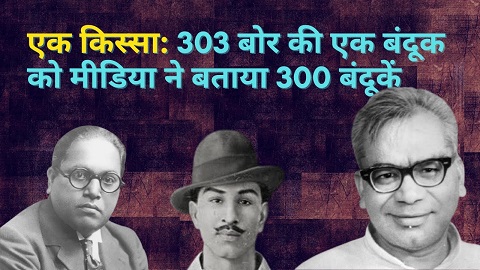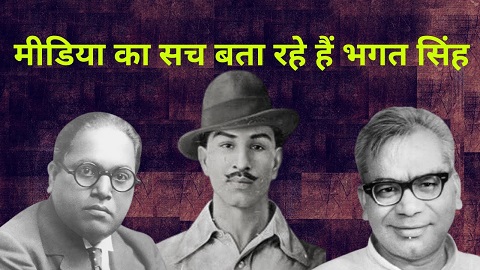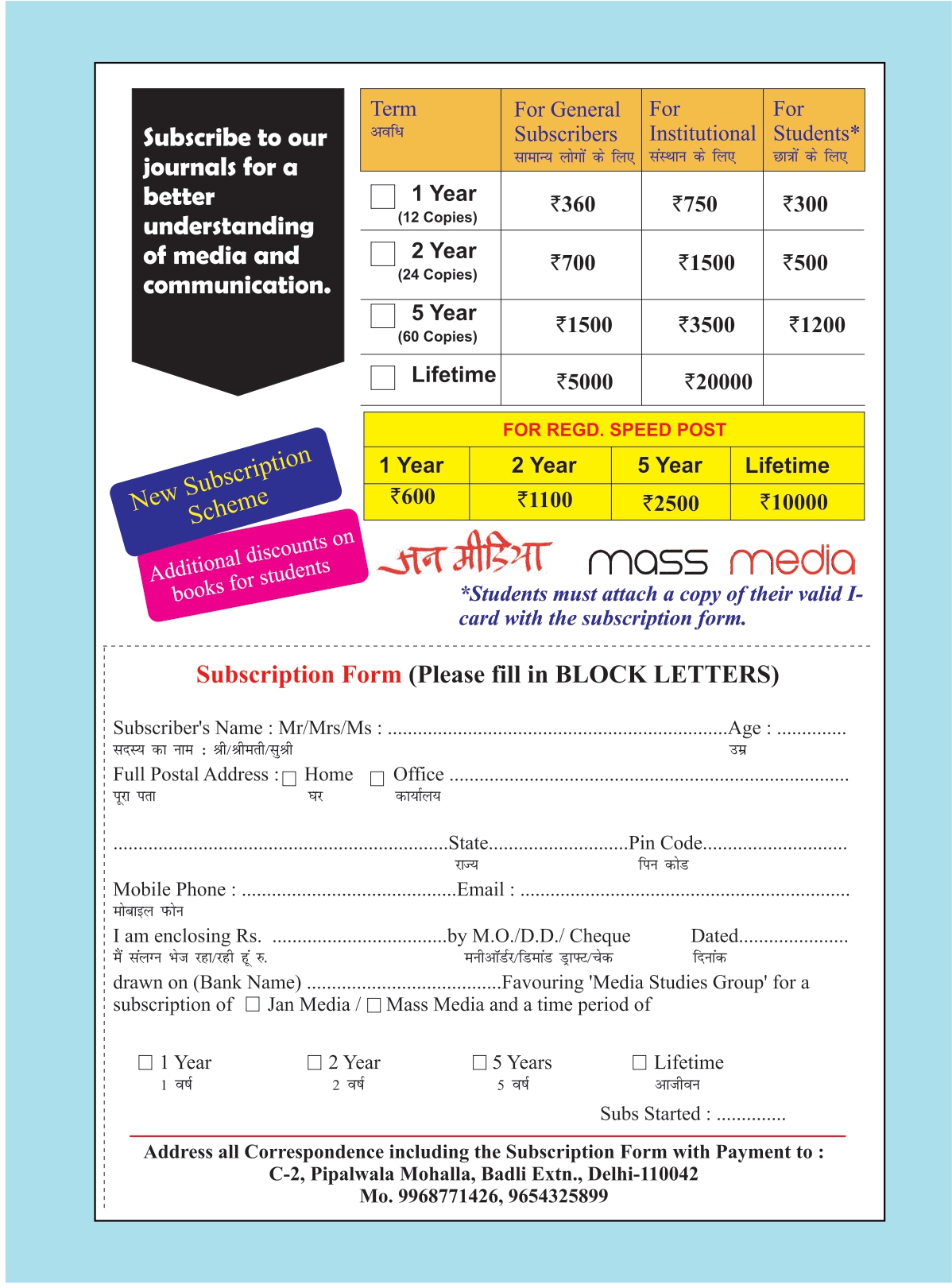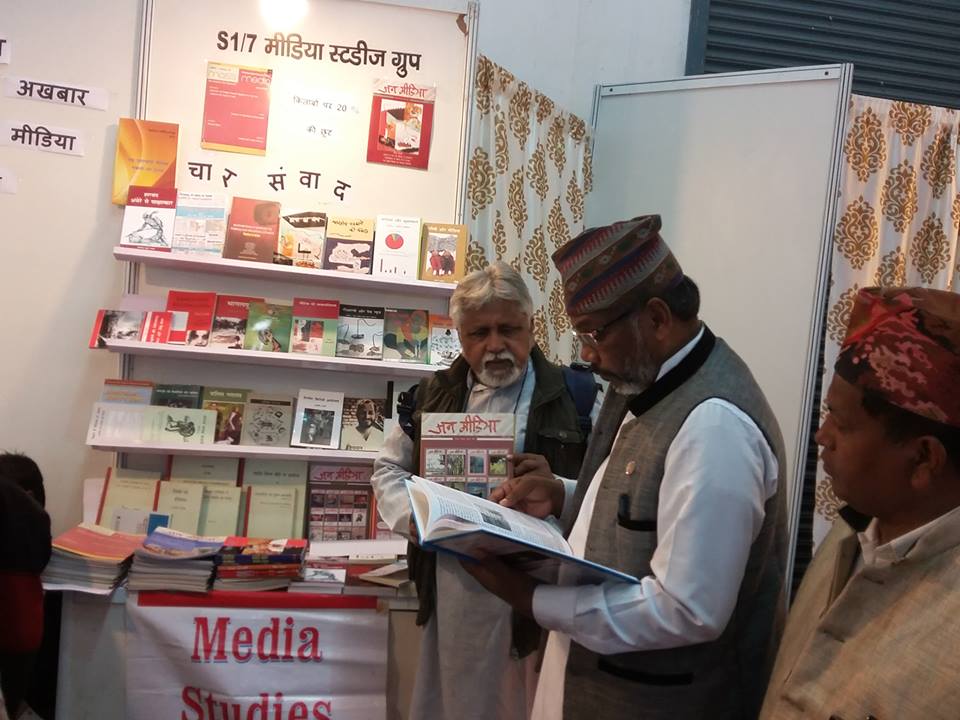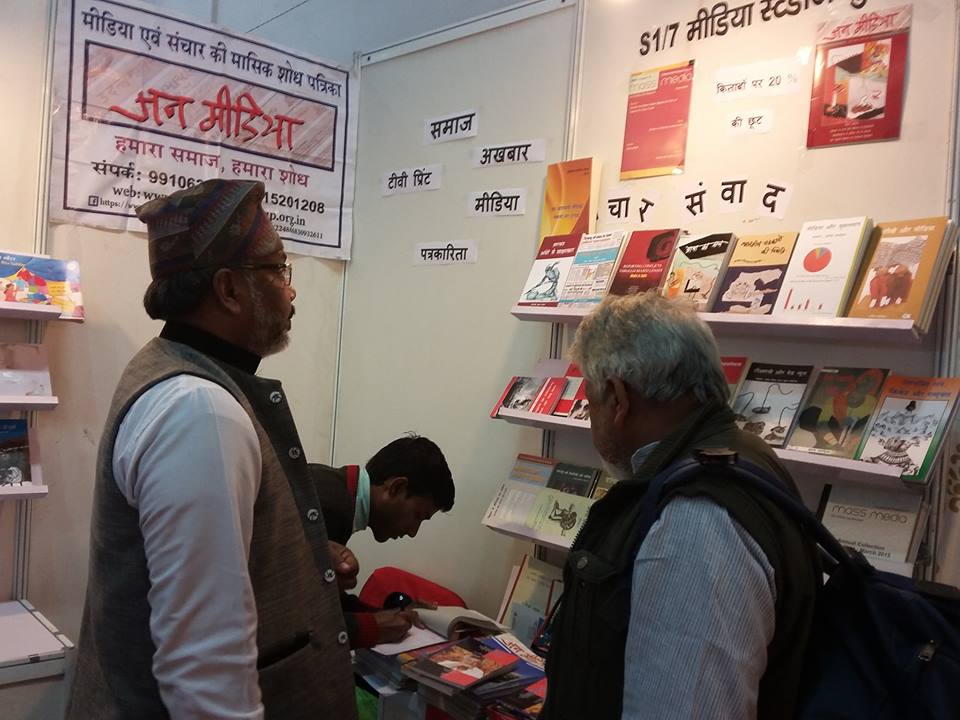Arthur Asa Berger
“This book explains in an accessible manner a number of ideas and concepts that will help the reader make sense of the mass media and the texts they carry.” This opening sentence to the compendium summarises its purpose accurately.
The Critique:
The author has provided a ready reckoner for beginners in the field and the experienced media teachers / practitioners alike. He talks of ideas from renowned media analysts like Ronald Barthes, Marshell McLuhan, Mikhail Bakhtin and also refers to some relatively lesser-known ones like Ferdinand de Saussure in brief chapters devoted to a key idea in media studies and cultural studies. The learner is introduced to a central method or insight enabling him to make his own analysis rather than offering articles that do the interpretation on its own. This approach can come only from a teacher who believes in providing the map not the creches. And Professor Berger’s style of teaching is evident in designing this book the way it is done. Having taught Broadcast and Electronic Communication Arts at San Francisco State University for over forty years, Arthur Asa Berger captivates his reader like he would do his class.
Through this atlas (to media theory), he offers a lively, accessible, and concise understanding of mass media and their texts. This is achieved by covering seminal figures, concepts and scholarship in media studies, including Vladimir Propp, Raymond Williams, Fredric Jameson, and Stuart Hall thus exploring the ideas found in nineteen significant books that provide useful insights and concepts for anyone interested in the study of the media. Chapter-by-chapter short articles by the author, that address an idea or theory in the particular book being discussed are featured through charts, boxes, exercises, illustrations to round out analysis and engage the student who is cleverly made to understand and interpret the mass-mediated culture.
Method:
From a writer of more than sixty books, we could clearly expect this kind of a passionate and intelligent composition. Why I say intelligent? Because it is like studying without feeling the tags of seriousness attached to it. This book playfully discusses the key texts that form the foundation of most media criticism and analysis, applying insights from those texts to various aspects of popular culture and the mass media. It thus serves the two-fold purpose of familirising the reader with some foundational concepts that are used to make sense of media and popular culture and aiding their understanding in terms of applicability to everyday life. In this process, the mainstream authors and thinkers are devoted a section each, where they are quoted and referred. The theoretical insights are applied to a lot of interesting topics like ballads, singers, comic strips, jokes, video games, films, advertisements, television shows, folklore et al. The term “texts” has encompassing usage to entail all these and more.
Use of caricatures, humour, real life instances, classroom experiences make it personal to the student. Design wise (pun intended) the use of double or triple columns at times, grey parts, clear fonts compensate for the non-colour version of this 2006 publication, an era when glossy pages and colured text ruled. The cover page design is a reprint of the Financial Times Nov 2002 issue. This only colured thing in the book is worth standing alone..
Style:
A sentence lifted from Chapter One of Introduction, will give you an idea of how simple the language is and how related the concepts are made to sound: “We spend an incredible amount of time using media. From the moment we get up in the morning until we go to the bed in the evening, we listen to the radio…..” General Linguistics, Mythologies, Metaphors, Poetics, Folklores, Dialogues, Literature- the texts that we don’t usually teach and reflect in our media classes are logically discussed. Each chapter runs to not more than nine pages, divided into subsections clearly demarked using headings and subheads, making the read racy and interesting. It is seldom that text books are designed thus. This could only come from someone who has written a number of academic mysteries. His Durkheim is Dead: Sherlock Holmes is Introduced to Sociological Theory (2003) and Mistake in Identity: A Cultural Studies Murder Mystery (2005) have enthralled and educated the reader at the same time. Amazingly, this style gives the theoretical concepts a fiction like pleasure to read. Being a teacher in Distance Leering, I have often heard the fuss and stress over making the reading material interactive. The convenient reading that this book provides makes me understand the need of doing so even more. I only hope that the translations of his books that have been done in nine languages do not kill the effect.
Each chapter begins with a quote from the writer in question or from a related book and ends with a section on ‘In Practice’ where the application of the context is elaborated with simple examples. You can get an idea of how it engrosses young readers when you see the applications through little games, popular albums, a sea shell to explain semantics, ‘love is a game’ phrase to elucidate metaphors, weaving laughter, literature and poetics into one thread. An exercise in the practice in Chapter 7 encourages the reader to ’write your own romance’. The iconic Apple Mac commercial of 1984 is discussed alongwith Aristotle’s ideas of General within the 185 pages.
Content:
Festival and Freedom, Resistance through Ridicule are sections in Chapters on the ’everyday life’ in practice in the modern world.
Chapter 15 dealing with Marshall McLuhan’s thoughts and theories titled ‘Understanding Media: the extensions of Man’ talks of ‘the hot and cool media’ and of course the ‘global village’ clearly providing a ‘new perspective on McLuhan’.
Post Modernism and Late Capitalism are dealt with by analyzing these perspectives on Madonna (Chapter 16). The later chapters on Race, Representation and Stereotypes talk of Images from 9/11, black sexuality etc.
The concluding chapter (20) is the Afterword. The humor prevalent all through the book is at its best here where Berger ‘confesses’ about the unplanned writing of his as “…My mission- not impossible, it turns out and transmitted not by an audio tape that destroyed itself in a puff of smoke after being played but by an e mail from my editor- was to write a short primer on some aspects of media for students….” He concludes with “…if helps my readers see the world a bit differently and perhaps themselves a bit differently, I will consider the book to have been worth the effort involved in writing it” And it undoubtedly is. And this I say as an impressed reader who could not put it down once started with the interestingly penned down Acknowledgment Page. It being so, as it had no Foreword or Recommendations: just the Content, Acknowledgement and then comes the Introduction before the 20 chapters that end with chapter-wise (again Pun Intended) bibliography and the index. As simple as that. As humourous as the extracts revealed in this review would have you believe and as intently knowledge adding as excerpts quoted here from the chapters tell. Who says learning can not be fun? Whoever told us that academics are a serious business and made our classes boring in the bargain needs to meet Prof. Arthur Asa Berger and well, you may very well (ah! the pun…) do it through this book.
If I say, it is worth a read, it will be like killing the effect that this wonderful author/ teacher still has on me. Grab a copy and you shall know.
Reference: Berger, A. A. (2006). Making sense of media: Key texts in media and cultural studies. Wiley-Blackwell


